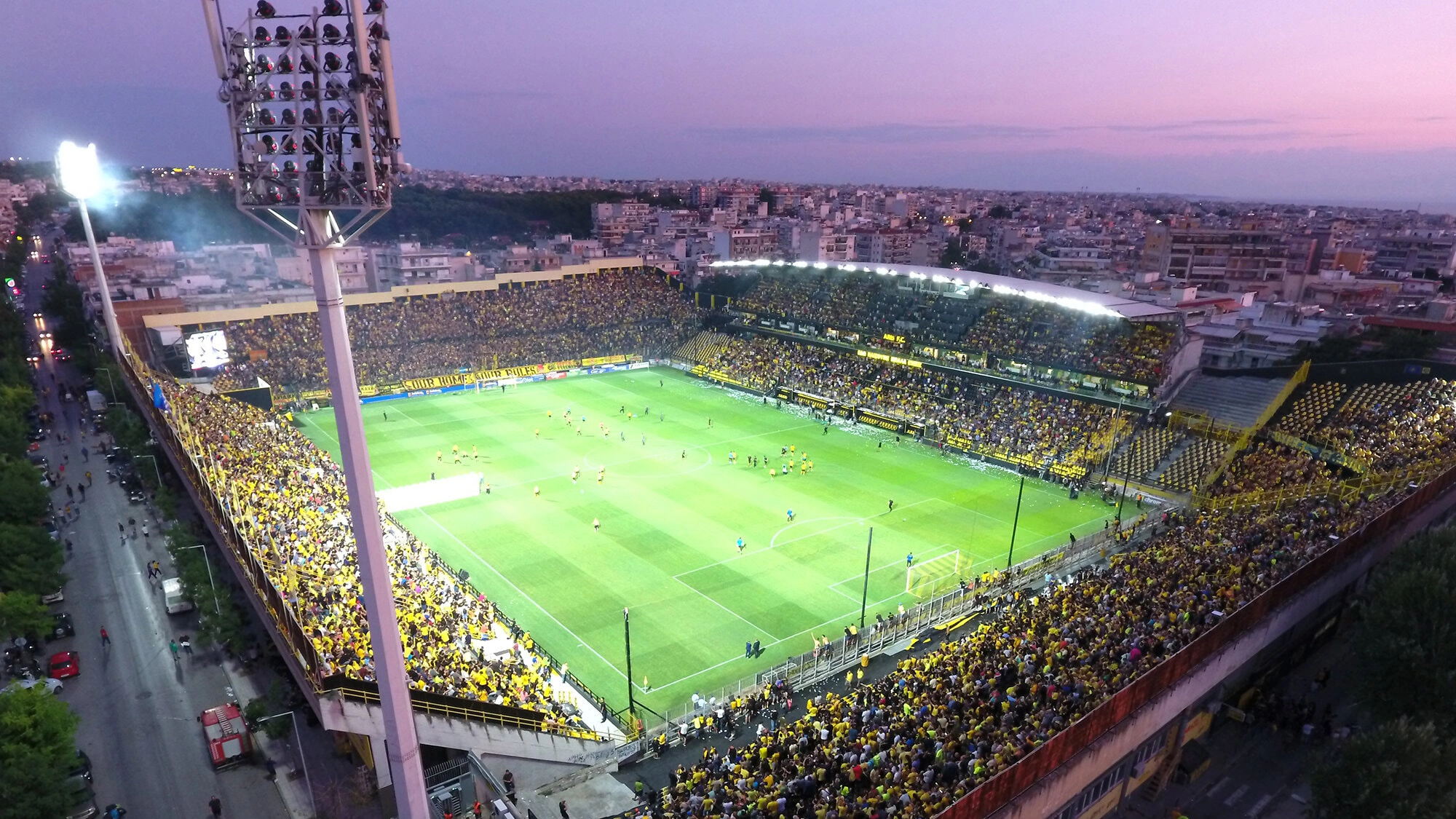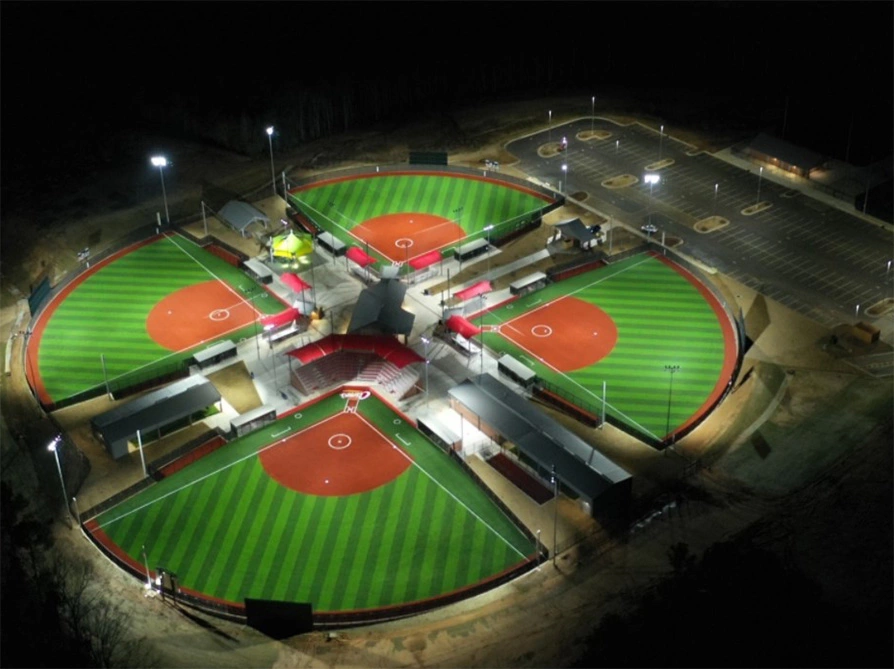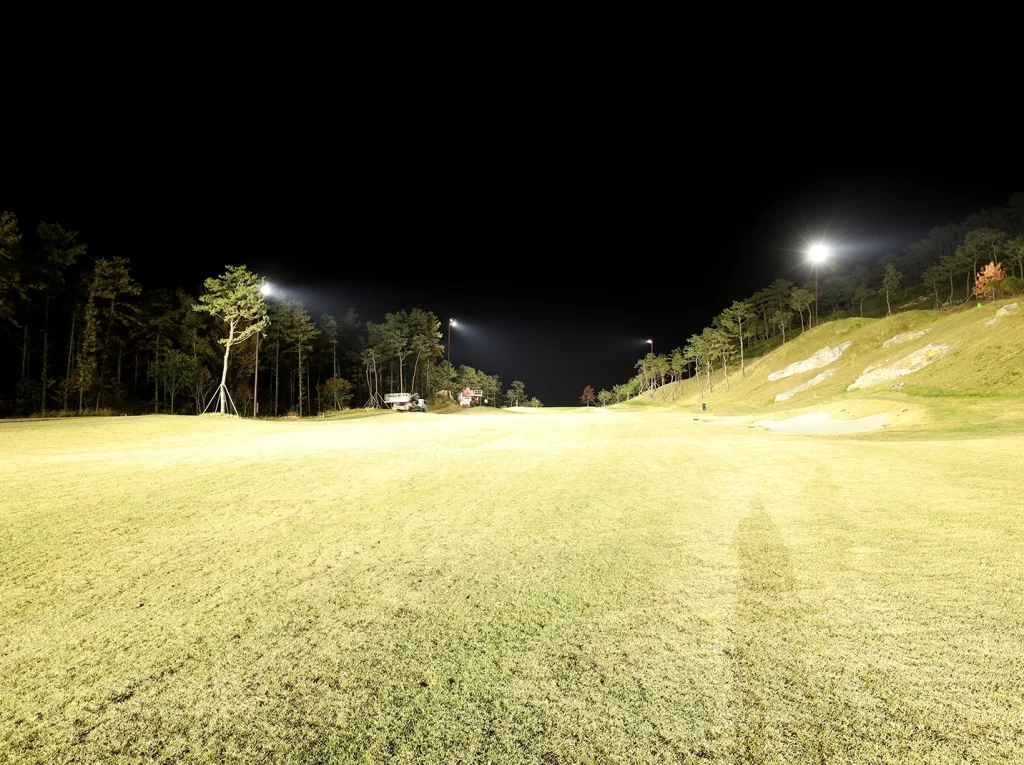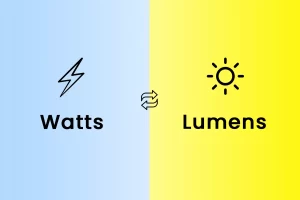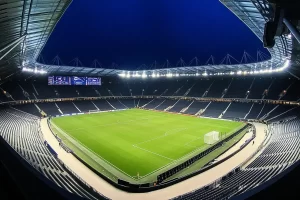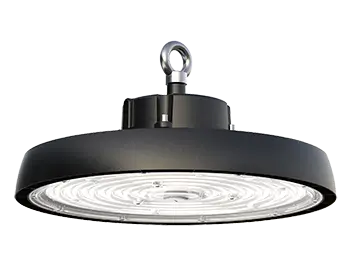Sports stadiums have been an enduring symbol of human competition and achievement throughout history. The heart of these monuments to athletic prowess is the field of play itself, brought to life by a vital component that often goes unnoticed: lighting. Stadium lighting is an integral part of any sporting event, playing a vital role in visibility, aesthetics, and the overall atmosphere. Its importance has magnified over the years, prompting continuous advancements and adaptations. This article provides an in-depth look at the evolution of stadium lighting, modern techniques, a case study of our recent transformation project, the subsequent impact, and the promising future of this vital aspect of sports infrastructure.
The Evolution of Stadium Lighting
Stadium lighting has undergone an impressive evolution since its inception. The first recorded night baseball game, held in 1883, was a historic event that underscored the importance of illumination in sports. The milestone marked the beginning of an era that saw the continual refinement of lighting techniques, design, and technology.
As the decades passed, the increasing popularity of night games led to the need for better and more efficient lighting. Innovations emerged, including the move from incandescent to fluorescent lights and then to the energy-efficient halogen bulbs. Yet, the most significant transformation was brought about by the advent of LED (Light Emitting Diodes) technology.
Modern Stadium Lighting Techniques
In today’s era, LED lighting has emerged as the go-to solution for modern stadium lighting. These lights offer exceptional energy efficiency and longevity compared to their predecessors. Moreover, LEDs deliver superior light quality, resulting in enhanced visibility and a better spectator experience.
Alongside the rise of LED technology, there has been significant development in lighting control systems. These systems give operators the power to manipulate and control lighting conditions dynamically. The ability to adjust light intensities, shift focus, and create unique lighting effects has drastically improved the in-stadium experience.
Software advancements and artificial intelligence (AI) have also made a mark on stadium lighting. Lighting design software allows for precision planning, ensuring optimal light distribution without unwanted shadows or glare. In addition, AI can automate lighting adjustments based on various factors, including natural light conditions and specific game requirements.
Case Study: Our Stadium Lighting Project
Our recent project stands as a testament to the power of modern stadium lighting techniques. The initial stadium lighting setup was inadequate and dim, which negatively affected the quality of the games and the spectator experience.
The transformation process involved selecting LED technology for its unmatched light quality, energy efficiency, and lifespan. A meticulous plan was developed using advanced lighting design software, which ensured the perfect balance and distribution of light.
The result was nothing short of spectacular. Our stadium was transformed from a dim, lackluster structure to a dazzling spectacle of light and energy. This transformation enhanced not just the visibility but also the overall atmosphere of the stadium.
The Impact of Our Stadium Lighting Transformation
The upgraded lighting setup has had far-reaching effects. From an enhanced spectator experience to improved broadcast quality and increased energy efficiency, the benefits are profound. Spectators now enjoy a more immersive and thrilling experience, thanks to the dynamic and adaptable lighting setup. For viewers at home, the consistent and high-quality lighting ensures a seamless and enjoyable viewing experience. Moreover, the switch to LED lights has significantly reduced the stadium’s energy consumption, reinforcing our commitment to sustainability.
The Future of Stadium Lighting
The journey of stadium lighting from its humble beginnings to dazzling LEDs is just the beginning. The future holds much promise, with advancements like adaptive lighting systems and AI-driven light management systems. Adaptive lighting will allow for real-time adjustment of lighting conditions, enhancing both the player and spectator experience. AI, on the other hand, promises more automation, efficiency, and customization.
Sustainability is another crucial aspect of the future of stadium lighting. The shift towards energy-efficient LED lighting is a step in the right direction, but the search for even more sustainable and eco-friendly solutions continues.
Conclusion
The transformation of our sports stadium from darkness to dazzle has been an enlightening journey, reinforcing the importance of lighting in enhancing the sports experience. The recent revolution in stadium lighting, driven by LED technology, control systems, and AI, is just the beginning. We eagerly await future advancements that will further elevate the game, enhance the spectator experience, and lead us towards a sustainable future. Lighting, often overlooked, is, in truth, the silent game-changer in the realm of sports.


